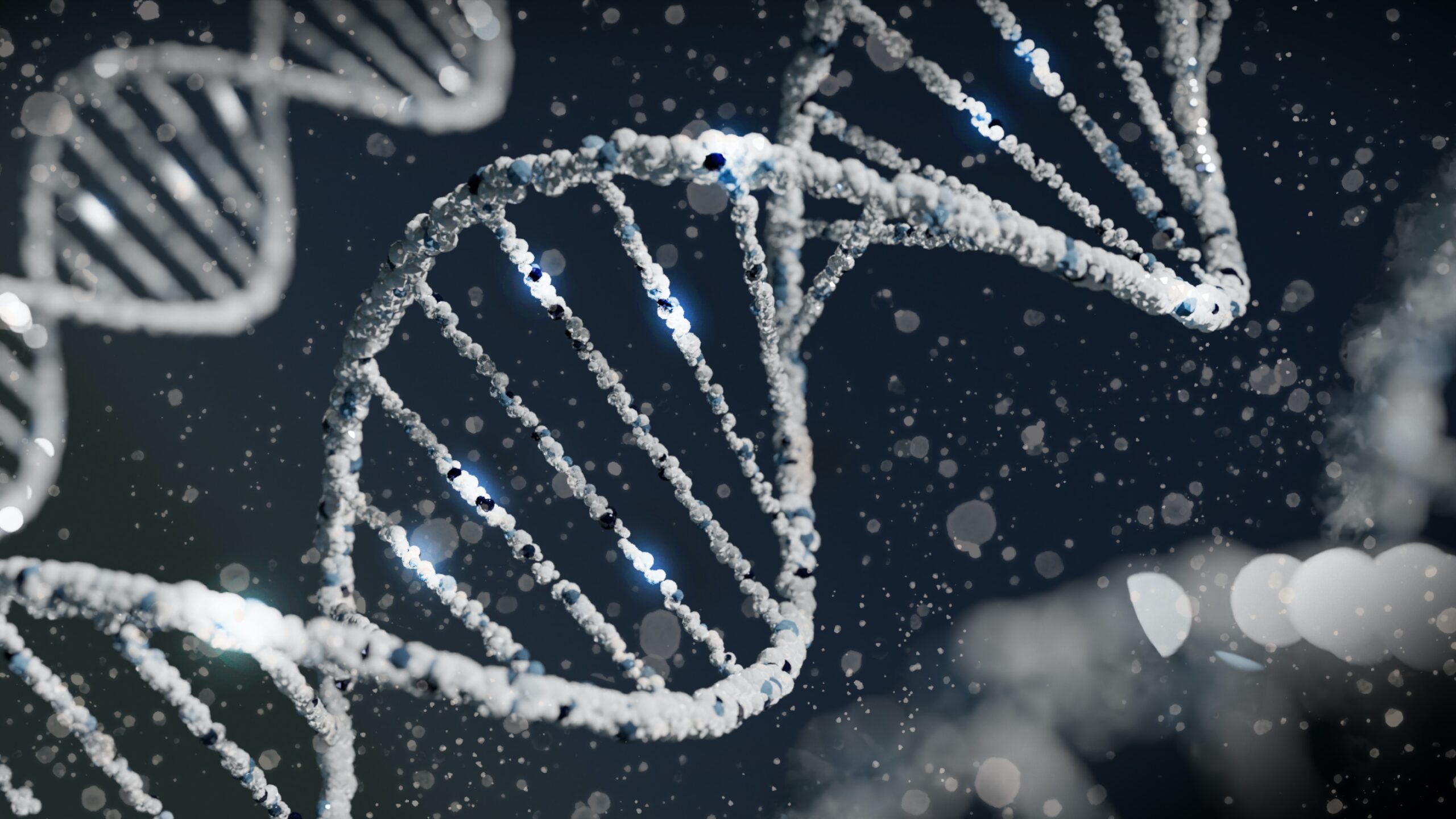As forensic technology has advanced throughout the years, scientists have gained the ability to collect human DNA and detailed genetic data from even the most minute sources. For example, last year, murderer David Sinopoli was arrested for an incident that occurred in 1975: Authorities used a disposed-of coffee cup to collect his DNA.
Recently, researchers have discovered a means to collect DNA from thin air, as well as footprints on the beach. But what does this mean for the future of forensics?
A Surprise Discovery
Human DNA can now be pulled from thin air or a footprint on the beach. Here’s what that could mean https://t.co/sArVlgkIVM pic.twitter.com/5bHdgB11iN
— CNN (@CNN) May 17, 2023
Researchers from the University of Florida had been using DNA found in sand to study endangered sea turtles. The DNA found in the sand was of such quality that the researchers could use it to identify disease-associated mutations and determine genetic ancestry.
In the throes of their research, the team at the University of Florida noticed that they were also picking up human DNA from the sand. This prompted them to, with permission, perform tests on four volunteers, who stepped on sand and had their DNA collected via their footprints.
From this DNA, the researchers were able to sequence part of the volunteers’ genomes.
Human DNA Found in the Air?
Your DNA is out there in water, air, all over the place. For researchers it’s refuse. But scientists showed that with existing techniques they could find information about human populations and even individuals. https://t.co/pVQ4Bjzxt6
— NYT Science (@NYTScience) May 20, 2023
The next step in the study was to take samples of air from a 280 square-foot room inside an animal clinic. Six clinic employees were working in the room as the samples were collected.
From these samples, the University of Florida researchers were able to recover DNA that matched the six staff members who were working in the room at the time of collection.
Is Our DNA Private?
The privacy issues caused by people giving their DNA to Ancestry & 23andMe are mind boggling. People will be able to track down your descendants decades & centuries from now based on a hair or drop of blood because you wanted to know if your eye color means you're part Indian. https://t.co/coYh9s9stI
— Dare Obasanjo🐀 (@Carnage4Life) December 16, 2020
While these advancements in DNA recovery may prove useful in the solving of crimes or determining genetic ancestry, many have concerns regarding their privacy. The recovery of a DNA sample generally requires the consent of the individual volunteering their DNA. With these advancements, people’s DNA is made far more accessible.
According to University of Leuven in Belgium professor Yves Moreau—who studies artificial intelligence and genetics—“We need a political discussion of expectations of privacy in the public space, in particular for DNA. We cannot avoid shedding DNA in the public space.”
“We should, however, not panic, and I am always afraid of precautions that would make research grind to a halt. It is a delicate balance to find.”
The primary fear regarding DNA privacy is the possibility that one could be framed for a crime via their DNA. While not a common occurrence, it has already happened. The Unabomber Ted Kaczynski, for example, would place strands of other people’s hair inside the bombs he was constructing.













